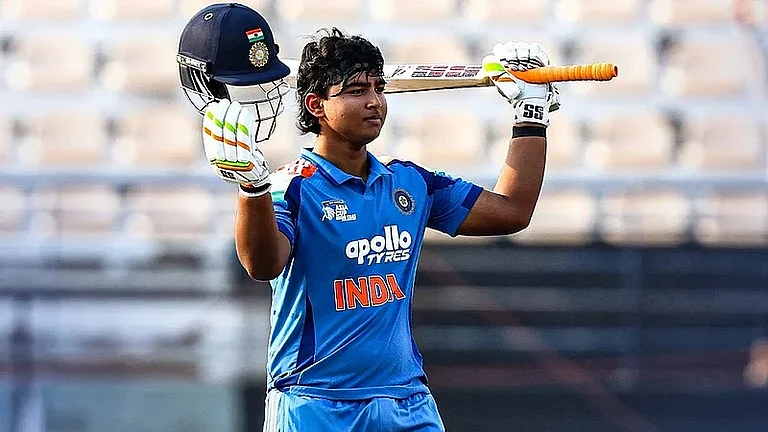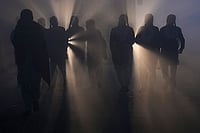Public health officials were warning Americans about the need to prepare for coronavirus in early February, when President Donald Trump called it “deadly stuff” in a private conversation that has now come to light, reports the Associated Press. At the time, with just 11 cases confirmed in the US, there was uncertainty about how it would be affected, and top officials would deliver mixed messages. But their overall thrust was to take the thing seriously. “We’re preparing as if this is a pandemic,” Nancy Messonnier of the Centers for Disease Control and Prevention (CDC) said on February 5. Trump, however, was playing down the threat in public. Three days after delivering his “deadly” assessment in a private call with journalist Bob Woodward, he told a New Hampshire rally on February 10, “It’s going to be fine.” Trump’s acknowledgment in Woodward’s new book, Rage, that he was minimising the severity of the virus in public to avoid causing panic has triggered waves of criticism that he wasn’t being honest.
The White House tries to counter that by pointing to select comments from US health experts to suggest they were on the same page with Trump. White House press secretary Kayleigh McEnany cited a February 17 interview in which Dr Anthony Fauci, US’ top infectious disease expert, focused his concern on the seasonal flu. But a day later, Fauci had spoken of alarming potential implications from the new virus. Mixed safety messages also added to confusion. There was indecision about mask-wearing in the early days, with experts advising against it. Officials later recommended that people wear face coverings in public.
People also could find different takeaways within Fauci’s pronouncements. He made a nuanced statement to the USA Today editorial board on February 17—flagging the potential danger--but still, the headline put the spotlight on his remark that the danger posed by the virus was slight.
Trump himself told Woodward on March 19 that he had deliberately minimised the danger. “I wanted to always play it down,” the president said. “I still like playing it down because I don’t want to create a panic.” His public comments failed to sync up with those of public health officials, contributing to the confusion. As Trump left for India on February 23, he told reporters that the virus was “very much under control”. Two days later, the CDC’s Messonnier painted a dire future scenario. Stocks plunged, and Trump appointed Vice President Mike Pence to lead the White House coronavirus task force. Trump was asked if he agreed with the inevitability of COVID-19 in the US. “I don’t think it’s inevitable. It probably will…. Whatever happens, we’re totally prepared,” he said.

























